Fine motor skills development Alphabet Worksheets for 9-Year-Olds
12 filtered results
-
From - To
Discover our engaging Fine Motor Skills Development Alphabet Worksheets, specially designed for 9-year-olds. These expertly crafted worksheets offer an innovative approach to enhancing fine motor skills, emphasizing precise hand movements and dexterity through enjoyable alphabet activities. Perfect for building confidence and handwriting proficiency, our printable resources combine educational fun with essential skill-building. Each worksheet presents a unique challenge tailored for young learners to master letter formation, alignment, and control. Ideal for home or classroom use, these worksheets provide a beneficial blend of play and practice, setting a strong foundation for future academic and creative success. Explore and download today!
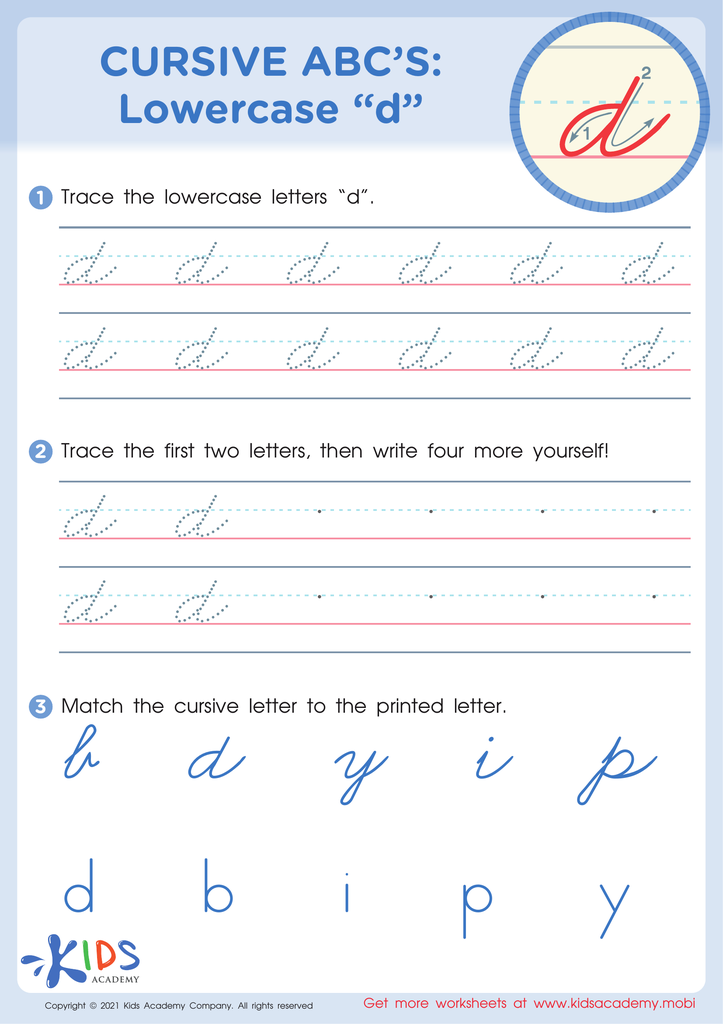

Cursive ABCs: Lowercase d
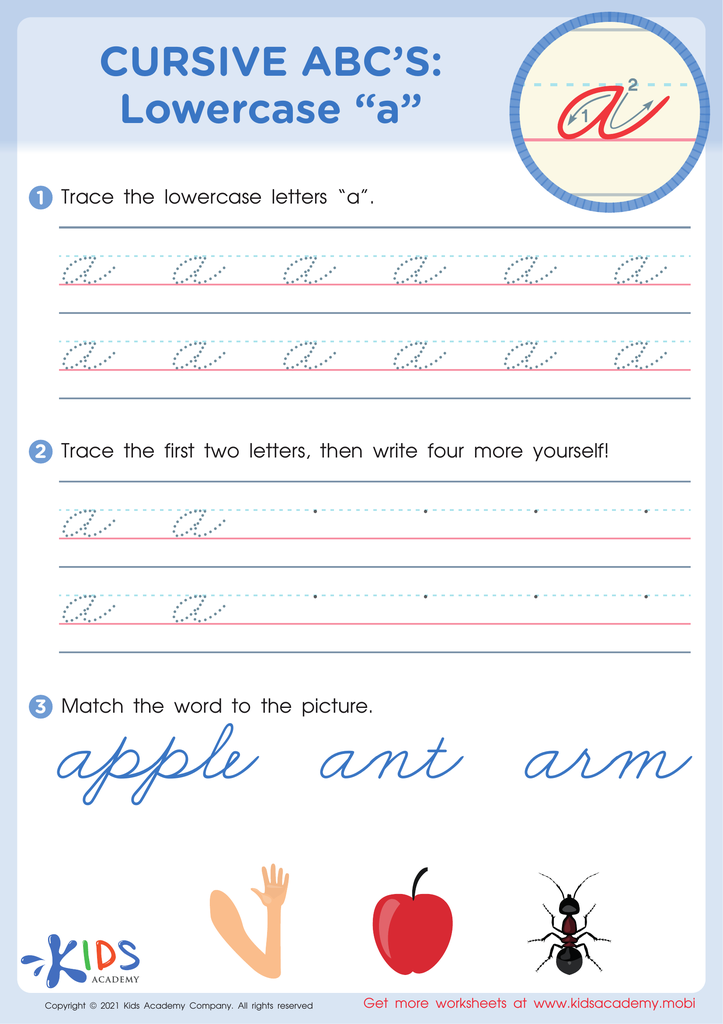

Cursive ABCs: Lowercase a
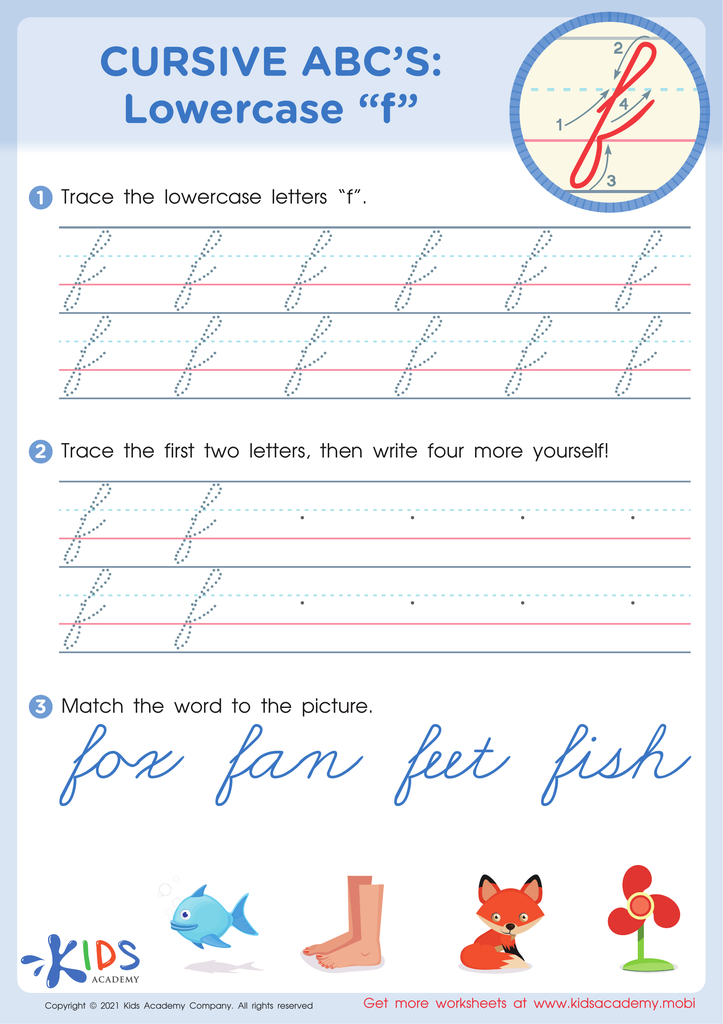

Cursive ABCs: Lowercase f
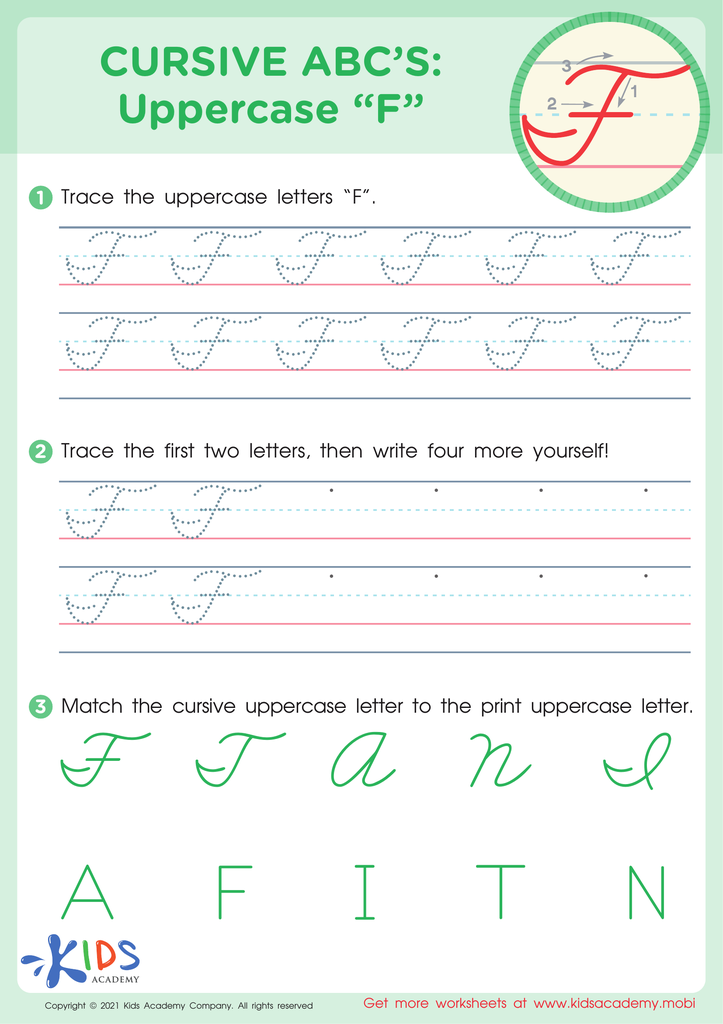

Cursive ABCs: Uppercase F
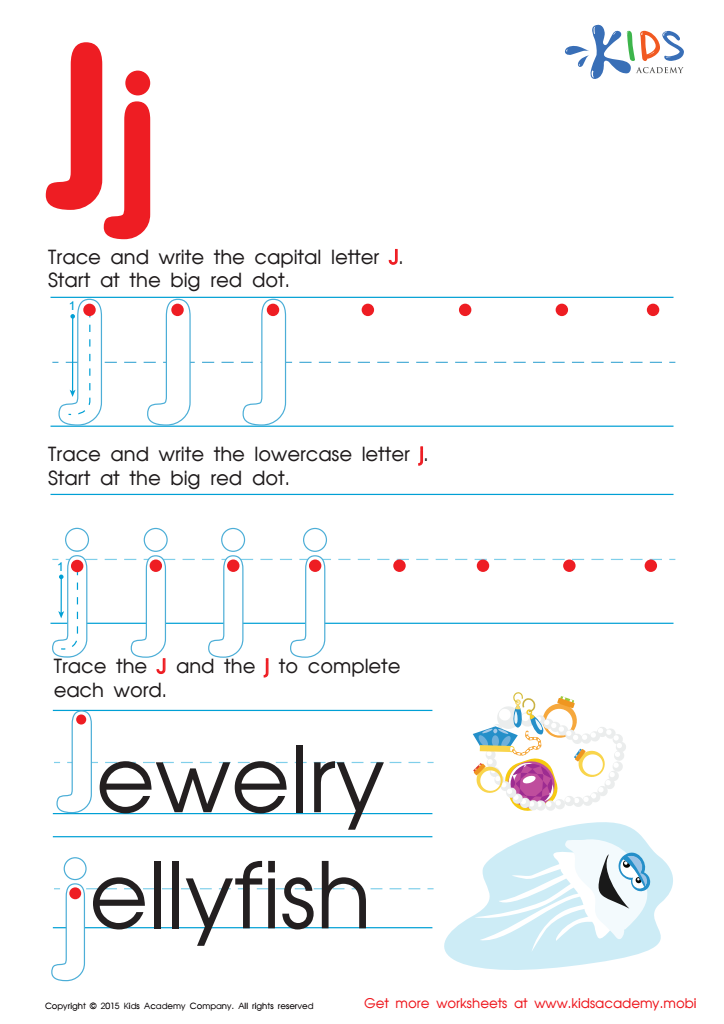

Letter J Tracing Page
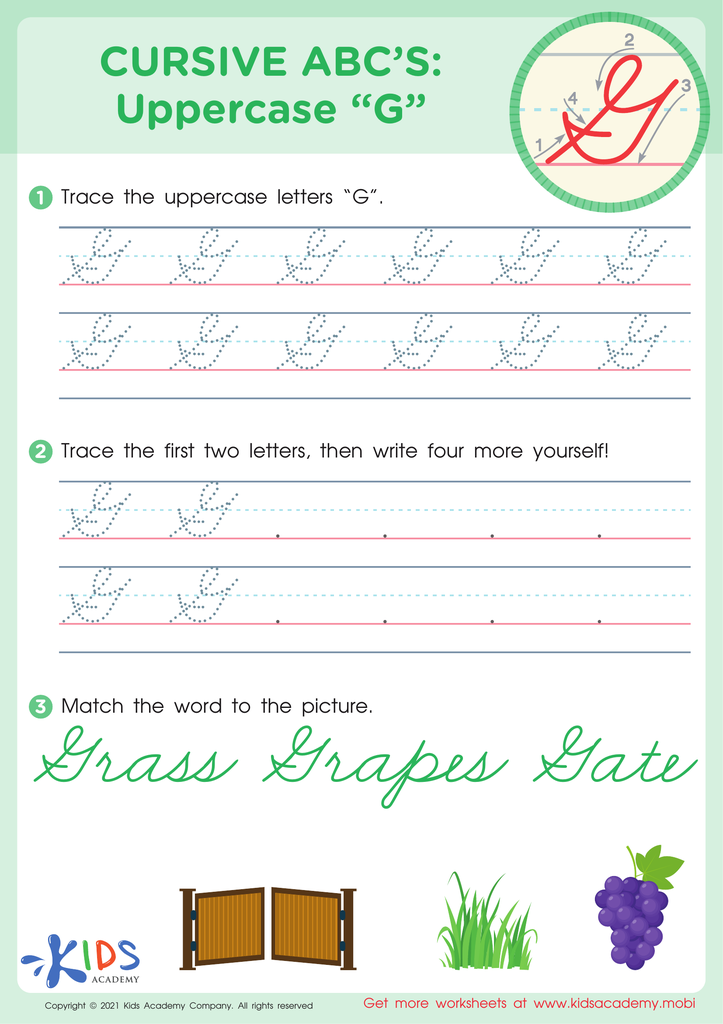

Cursive ABCs: Uppercase G


Letter D Coloring Sheet
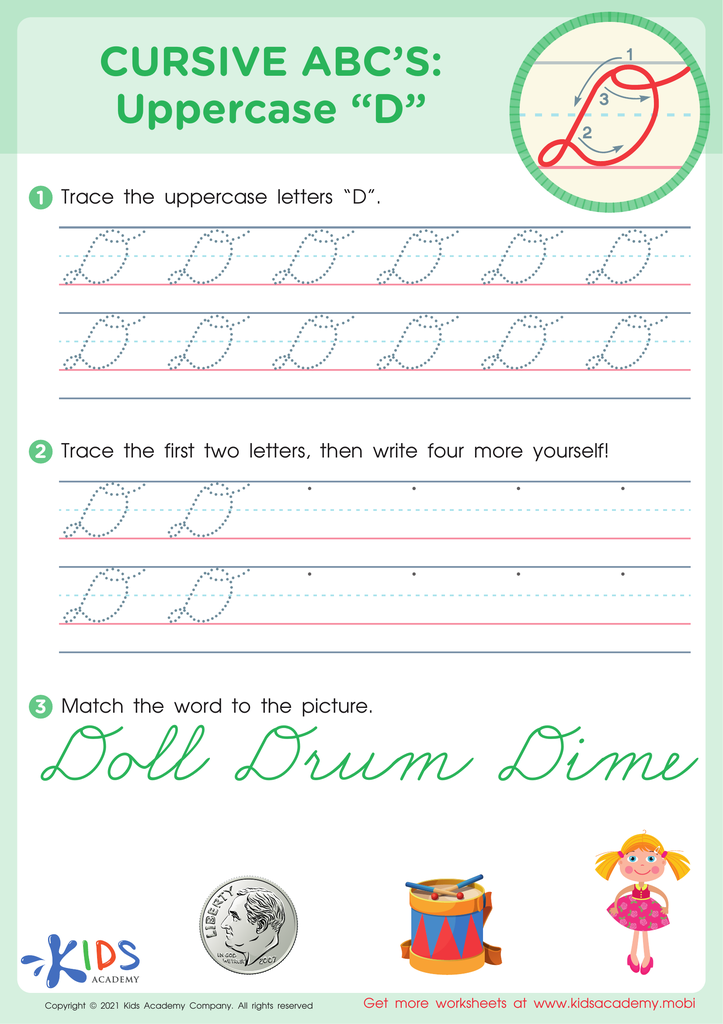

Cursive ABCs: Uppercase D
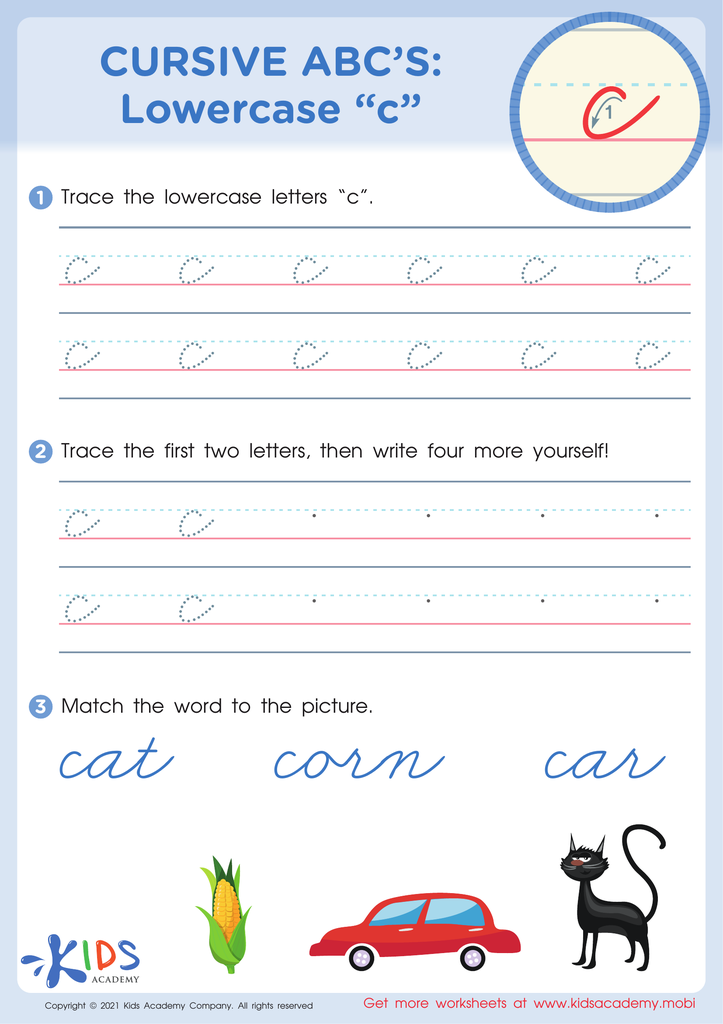

Cursive ABCs: Lowercase c


Cursive ABCs: Lowercase h
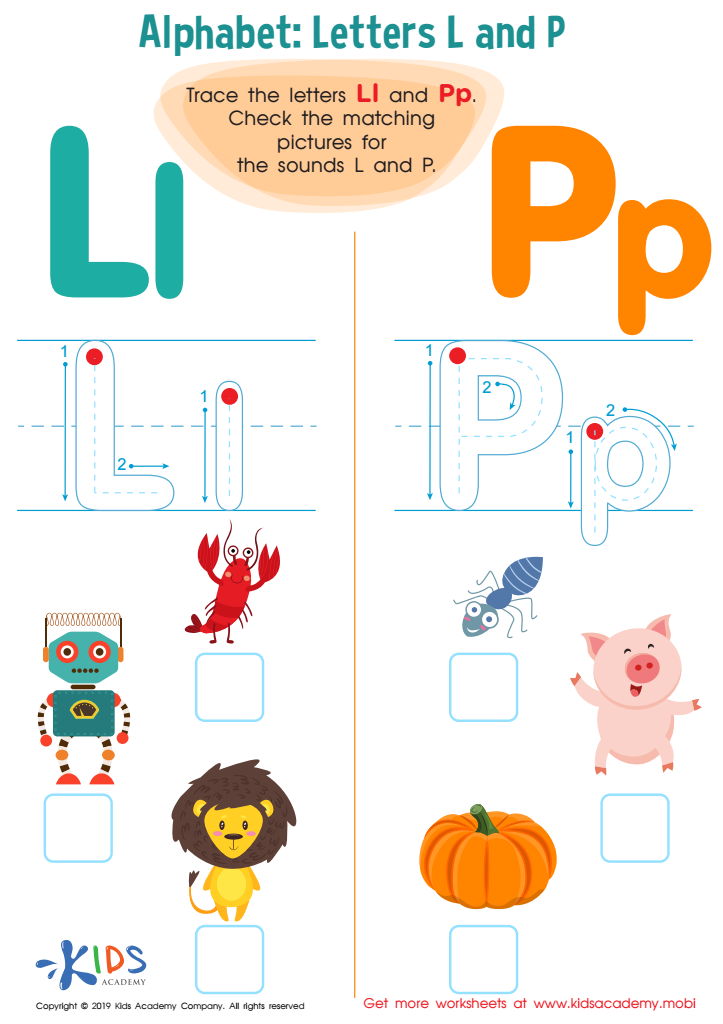

Letter L and P Tracing Worksheet
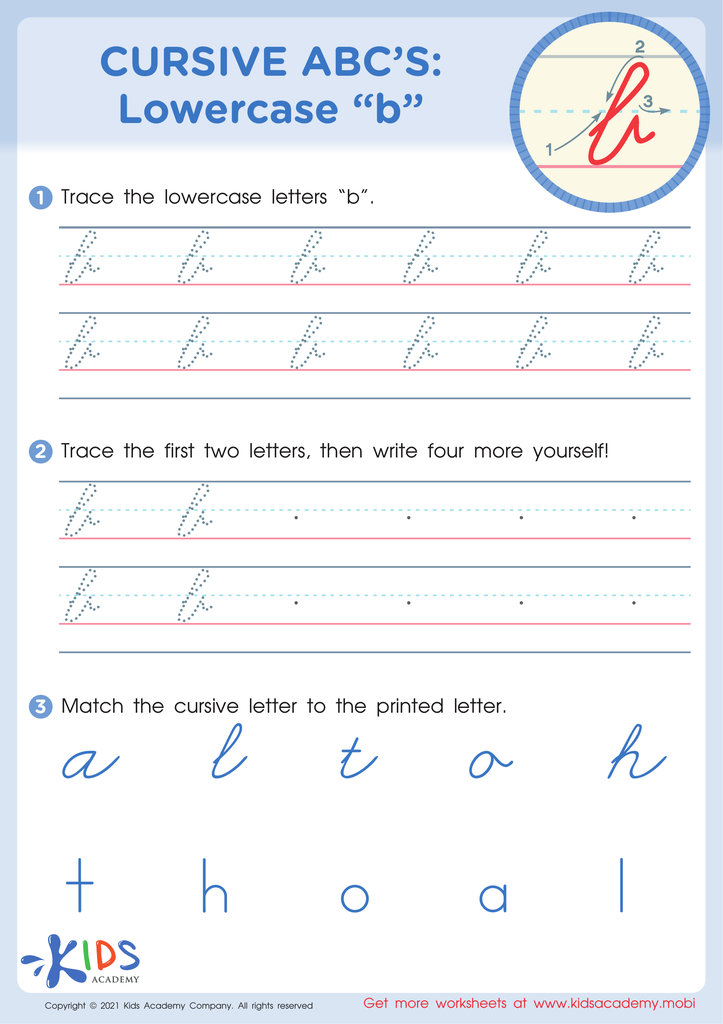

Cursive ABCs: Lowercase b
The development of fine motor skills is crucial for 9-year-olds as it directly impacts their ability to perform essential tasks, both academically and in daily life. At this age, children are refining their ability to control the small muscles in their hands and fingers, which is necessary for writing, drawing, tying shoes, buttoning clothes, and other detailed activities. When parents and teachers focus on enhancing these fine motor skills, they are essentially providing the foundation for a child’s independence and self-confidence.
Academically, fine motor skills are intimately connected to literacy. Writing the alphabet, for example, requires precise hand-eye coordination and dexterity. Children who struggle with fine motor skills may find it challenging to keep up with classroom tasks, leading to frustration and a lack of interest in learning. Moreover, neat and legible handwriting strengthens reading and comprehension skills, reinforcing the link between motor development and cognitive growth.
Incorporating activities that bolster fine motor skills—such as playing with clay, puzzles, and practicing handwriting—prepares children not only for school tasks but also for complex problem-solving and creative expression. Therefore, paying attention to fine motor skill development is not only about immediate skill acquisition but also about fostering long-term intellectual and personal development.
 Assign to My Students
Assign to My Students







.jpg)







